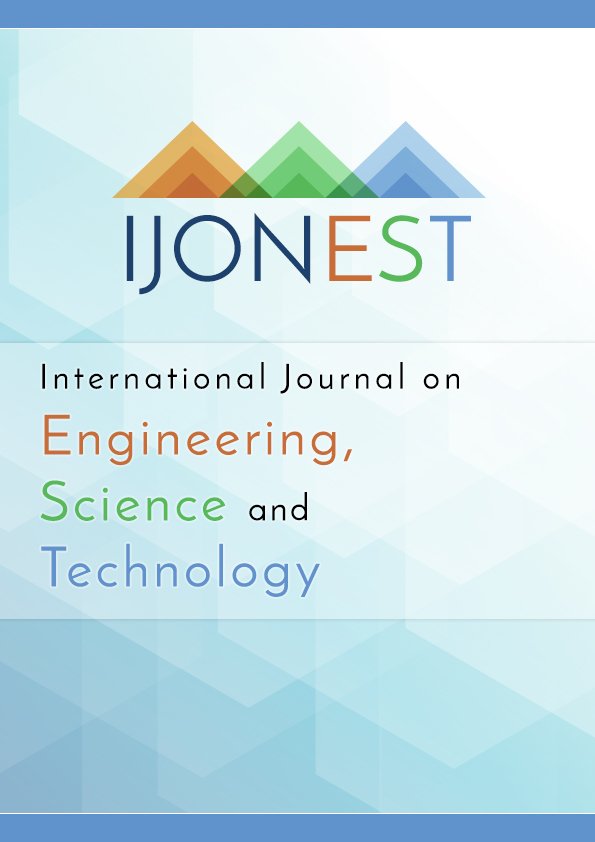Navigating Parental Duties in a TikTok World, the UK and Nigeria Regulations and the Online Safety Bill
DOI:
https://doi.org/10.46328/ijonest.183Keywords:
Child Safety, TikTok, Regulation, Online Safety Bill, Social media,Abstract
According to Ofcom, half of children used TikTok in 2021 and it is the third most used platform behind YouTube and WhatsApp. TikTok is a social media app with one billion monthly active users (Cervi et al., 2022; Dellatto, 2021). installed on devices, 3.5 billion times, available in 154 countries and accessible in thirty-nine languages. TikTok is offered to children of 13 years old (Independent Digital News and Media, 2022; Hoegh, 2022). TikTok was founded in 2018 with a mission to inspire creativity and bring joy (TikTok, 2023). However, its screentime consumption for children has experienced revolutionary change. One in five UK internet users are children according to the UK department for science Innovation and Technology, (2021) most of whom are on TikTok. Children are exposed to over one billion videos on TikTok every day This paper seeks to comparatively investigate the cultural differences, approaches, and challenges to parenting, responsible social media use by children in the United Kingdom and Nigeria (Attrill et al., 2016). To ascertain, whether the existing legal framework is sufficient in enforcing safeguarding measures required of TikTok and other social media platforms.Downloads
Published
Issue
Section
License
Articles may be used for research, teaching, and private study purposes. Authors alone are responsible for the contents of their articles. The journal owns the copyright of the articles. The publisher shall not be liable for any loss, actions, claims, proceedings, demand, or costs or damages whatsoever or howsoever caused arising directly or indirectly in connection with or arising out of the use of the research material.
The author(s) of a manuscript agree that if the manuscript is accepted for publication in the International Journal on Engineering, Science and Technology (IJonEST), the published article will be copyrighted using a Creative Commons “Attribution 4.0 International” license. This license allows others to freely copy, distribute, and display the copyrighted work, and derivative works based upon it, under certain specified conditions.
Authors are responsible for obtaining written permission to include any images or artwork for which they do not hold copyright in their articles, or to adapt any such images or artwork for inclusion in their articles. The copyright holder must be made explicitly aware that the image(s) or artwork will be made freely available online as part of the article under a Creative Commons “Attribution 4.0 International” license.

This work is licensed under a Creative Commons Attribution-NonCommercial-ShareAlike 4.0 International License.





